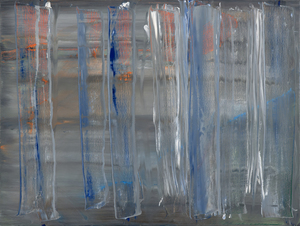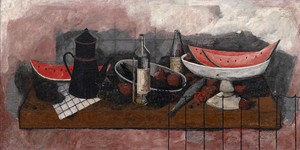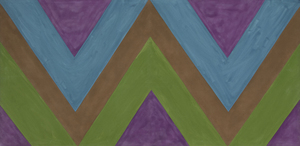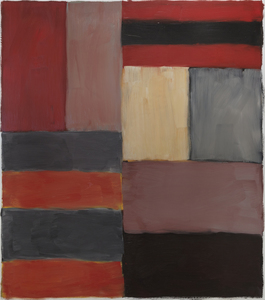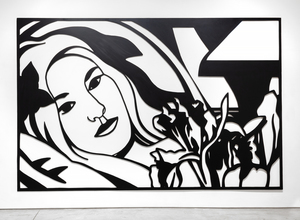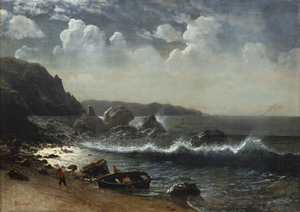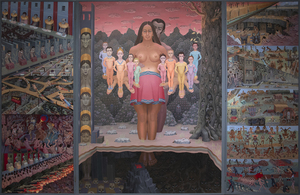Depuis plus de 25 ans, la mission de notre galerie est de fournir des services artistiques enrichissants, personnels et accessibles. Notre cabinet de conseil du lac de Côme, dirigé par Sue Kim, est le dernier d'une série d'expansions internationales qui nous permettent de mieux nous rapprocher de nos clients.
-James Carona, cofondateur et copropriétaire de Heather James Fine Art.

SUE KIM
Consultant en beaux-arts
San Francisco, Californie et Lac de Côme, Italie
Sue Kim apporte à Heather James Fine Art plus de 30 ans d'expérience dans le domaine de l'art et du luxe. Elle a travaillé dans les domaines des beaux-arts, de la photographie, du design d'intérieur et de produits, de l'architecture, de l'immobilier et de l'hôtellerie dans plusieurs villes, dont San Francisco, New York, Hong Kong et Singapour. Elle parle couramment l'italien et le français. Sue est titulaire d'une licence en histoire de l'art de l'Asie orientale du Barnard College de l'université de Columbia et d'un diplôme de design d'intérieur de la Parsons School of Design.
Sue partage son temps entre San Francisco et le lac Como.
Ma passion pour tout ce qui est italien a débuté lorsque j'étudiais l'histoire de l'art au Barnard College de l'université de Columbia, tout en me liant d'amitié avec un groupe passionnant de jeunes Italiens travaillant dans le secteur de l'hôtellerie étoilée au Michelin à New York, qui sont toujours mes amis aujourd'hui.
Le cadeau que je me suis fait pour mon diplôme a été un séjour de 4 mois à Ravenne, la première capitale byzantine d'Italie, remplie des célèbres mosaïques médiévales que je venais d'étudier. Je me suis immergée dans tous les aspects de la culture et j'ai appris à converser dans la langue, au point d'être convaincue que j'étais italienne dans une vie antérieure !
Bien des années plus tard, en 2002, j'ai eu l'occasion d'aider le designer hôtelier Adam Tihany à organiser GrandHotelSalone au Salone Internazionale del Mobile (Salon du meuble de Milan). Il s'agissait d'une réplique entièrement fonctionnelle de 4 000 mètres carrés d'un hôtel-boutique, combinant les "chambres d'hôtel du futur" d'architectes de renommée mondiale tels que Richard Meier, chacune étant associée à un fabricant italien de premier plan tel que B&B Italia.
Ainsi, en 2022, l'établissement de la première agence italienne de Heather James Fine Art au lac de Côme, avec un accès proche à toute l'Europe, est un rêve devenu réalité pour cette europhile et amoureuse de l'art !
-Sue Kim
HEATHER JAMES FINE ART - LAKE COMO est une ressource précieuse pour les clients européens, offrant un large éventail de soutien et d'assistance pour une vaste gamme de propriétés. Avec l'aide des experts de Heather James Fine Art, nos consultants en beaux-arts sont en mesure de vous aider à acquérir, céder ou évaluer des œuvres d'art.
Nous proposons un large éventail de services axés sur le client, notamment l'acquisition et la vente d'œuvres d'art, la gestion de collections, les évaluations, la gestion logistique et les services financiers.
DANS LES NOUVELLES
SERVICES
Heather James Fine Art offre une vaste gamme de services à la clientèle qui répondent à vos besoins particuliers en matière de collection d'œuvres d'art. Notre équipe d'exploitation comprend des gestionnaires d'œuvres d'art professionnels, un service de registraire complet et une équipe logistique possédant une vaste expérience du transport, de l'installation et de la gestion des collections d'œuvres d'art. Avec un service de gants blancs et des soins personnalisés, notre équipe fait un effort supplémentaire pour assurer des services artistiques exceptionnels à nos clients.
APPRENEZ À NOUS CONNAÎTRE
GALERIES
45188 Portola Avenue
Palm Desert, CA 92260
(760) 346-8926
Heures d'ouverture : Sur rendez-vous
172 Center Street, Suite 101
P.O. Box 3580
Jackson Hole, WY 83001
(307) 200-6090
Heures d'ouverture : Sur rendez-vous

















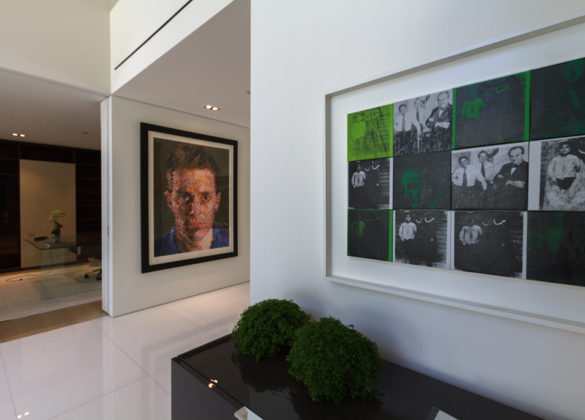
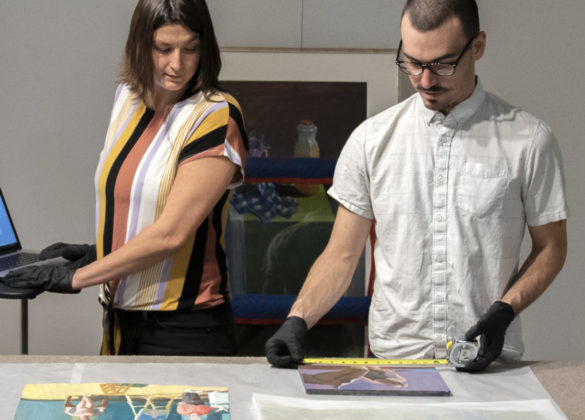










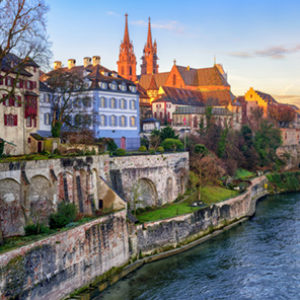

_tn47012.jpg )
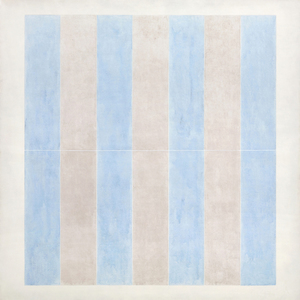
,_new_mexico_tn40147.jpg )
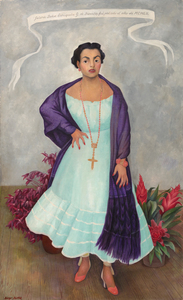
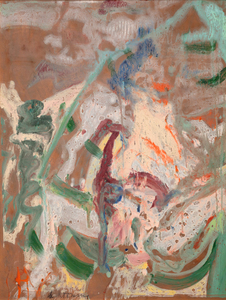
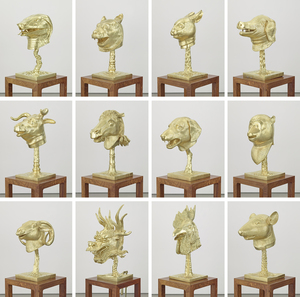
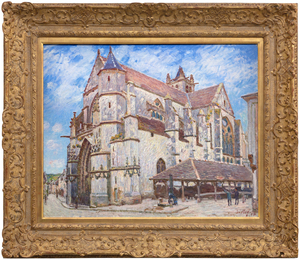
_tn43950.jpg )
